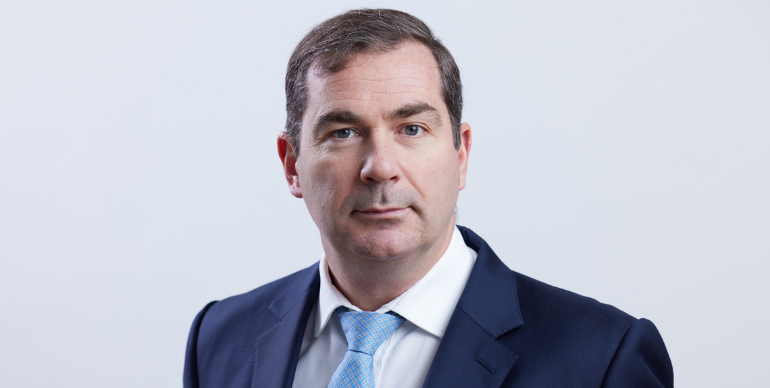We recently responded to the Department for Work and Pensions’ Call for Evidence on options for DB schemes following the Chancellor’s Mansion House speech.
In our response, we said that our investment strategy was an example of what could be achieved with a well-diversified portfolio, and that around 30% of our total assets are allocated to productive finance.
In this blog, our Chief Investment Officer, Barry Kenneth, explains a bit more about our investment approach.

Our investment strategy is always evolving
It's long been a feature of our investment strategy that we invest for growth over the long term, and our investment strategy evolves to suit the needs of the PPF and our members.
If you’ve dipped into our recent corporate publications, you’ll possibly have spotted that last September, we reviewed our Strategic Asset Allocation and as a result, established a new investment framework. But if not, all you really need to know is that we split our portfolio into two.
The first portfolio is our Matching portfolio, which has been structured to maintain security of payments to our current members and match how those payments will change over time; it invests largely in gilts and other assets producing investment grade cashflows.
And our second is our Growth portfolio. This has been structured to grow reserves conservatively over the long term, and that means we can use it to invest in assets that have a higher amount of risk – namely productive finance assets.
‘Productive finance’ investments support the economy
30% of our total assets are allocated to productive finance assets
Our investment in productive finance assets is long-standing
- The Thames Tideway Tunnel
In August 2015 we became part of a consortium investing £4.2 billion into the building of London’s new 25km super-sewer, the Thames Tideway Tunnel.
The super-sewer will intercept sewage overflows that would have been dumped into the River Thames and pump them away for treatment. Construction is largely complete and is now in testing ahead of operation in 2025.
- Cross London Trains
In 2020 we acquired a share in the UK’s largest single train fleet, Cross London Trains (XLT). XLT is part of Thameslink passenger rail franchise, which covers the most critical North-South London commuter rail corridor, making it a key transport infrastructure asset in London.
- Sustainable forestry assets
Our investment in soft and hardwood forestry hit a milestone of £1 billion in 2021/22, with key sustainable forestry assets across Australia, New Zealand, the USA, the UK, Ireland, the Baltics, and the Nordics.
- Riverside Energy from Waste (EfW)
We’re a shareholder of the Riverside Energy from Waste (EfW) plant in Kent. EfW diverts non-recyclable waste from landfill and uses it to generate electricity.
A £900m expansion project will bring annual capacity up to 1.5m tonnes of non-recyclable waste by 2026, saving up to 300,000 tonnes of CO2 each year in comparison to landfilling.
The plant plans to be one of the first in the UK to invest in carbon capture and storage technology, which will capture c.90% of its emissions and has been designated by the government as a Nationally Significant Infrastructure Project.
- BES Group
Our General Partner led the transaction, growing the standalone business operating profitability by 40% per year, supporting further growth with additional equity investment.
The company drives health and safety in the built environment and now employs over 1000 highly trained Engineer Surveyors and Consultant Engineers.
We're a good illustration of what could be achieved



